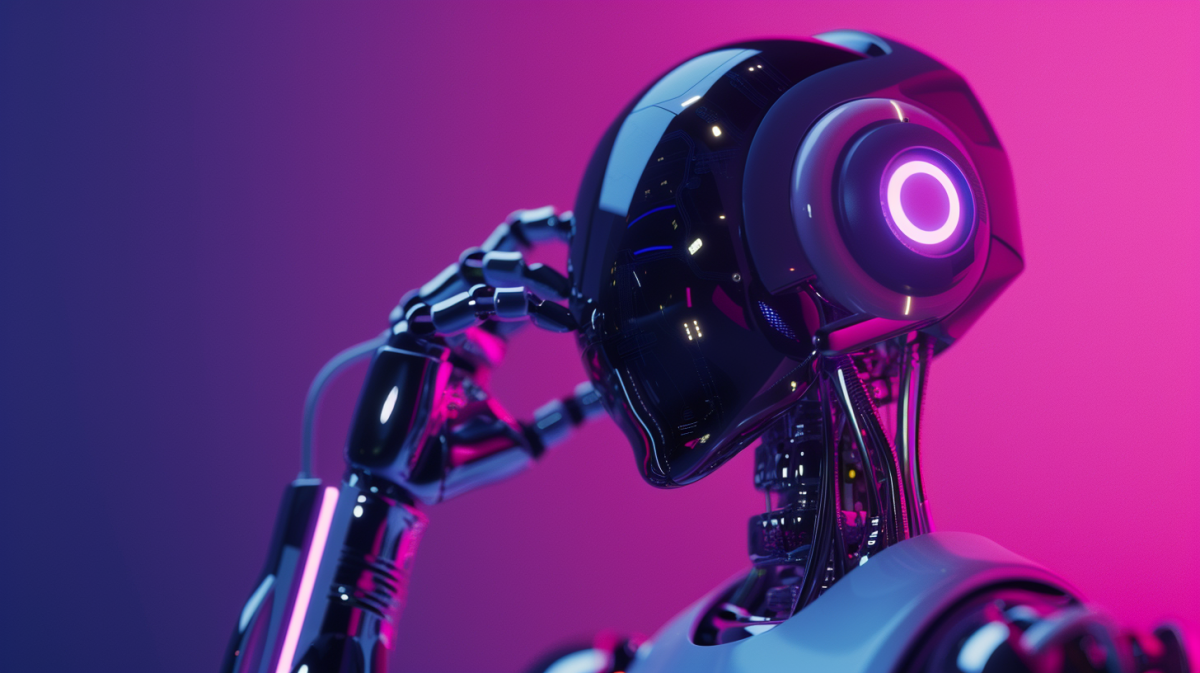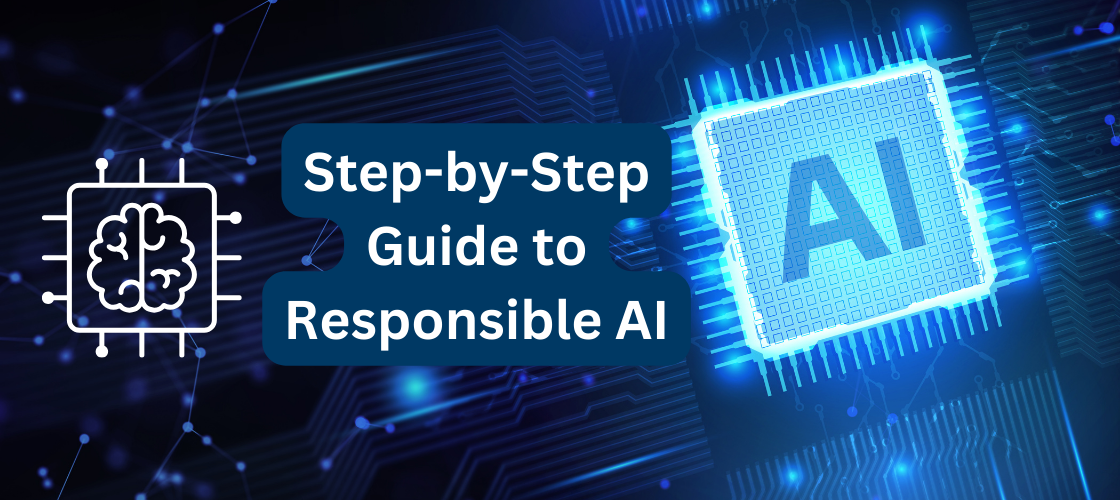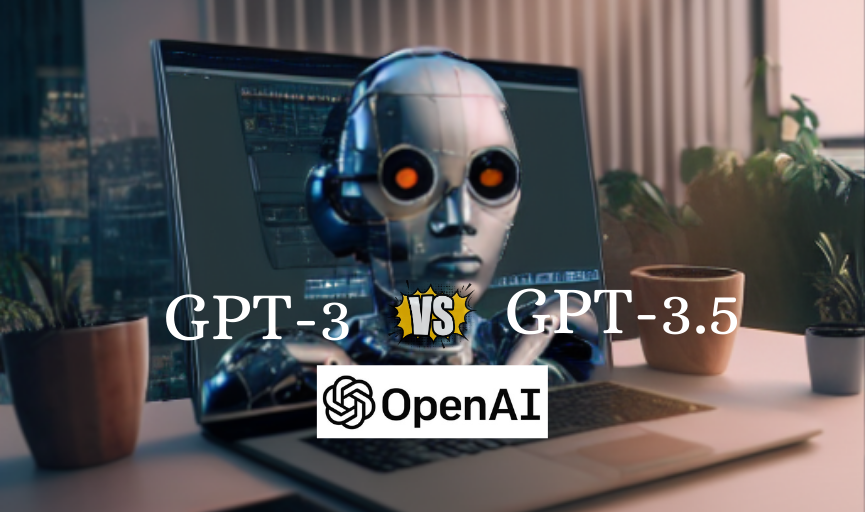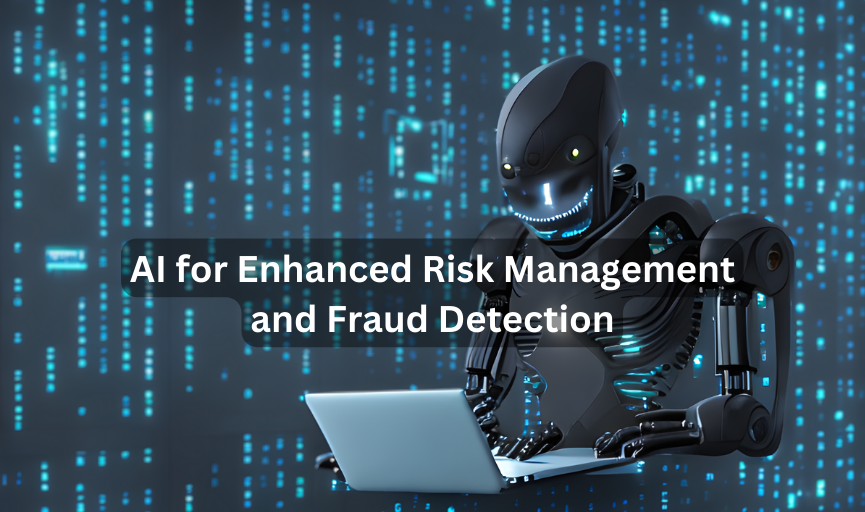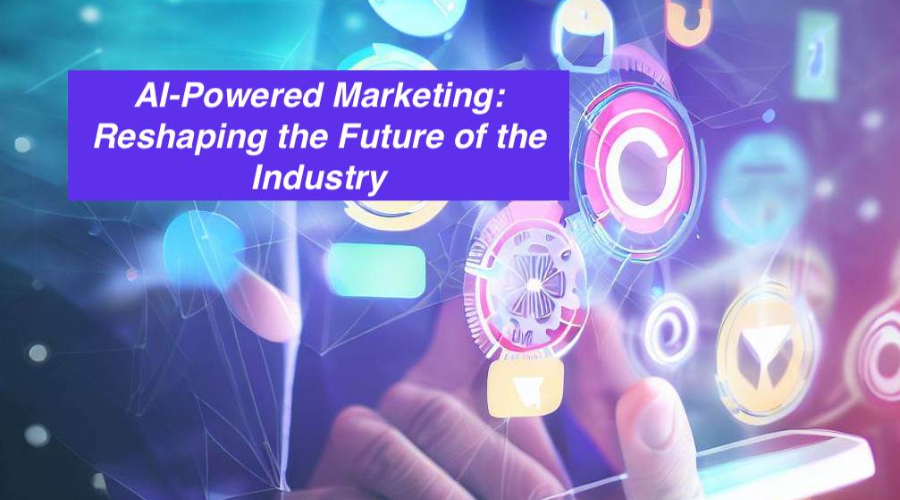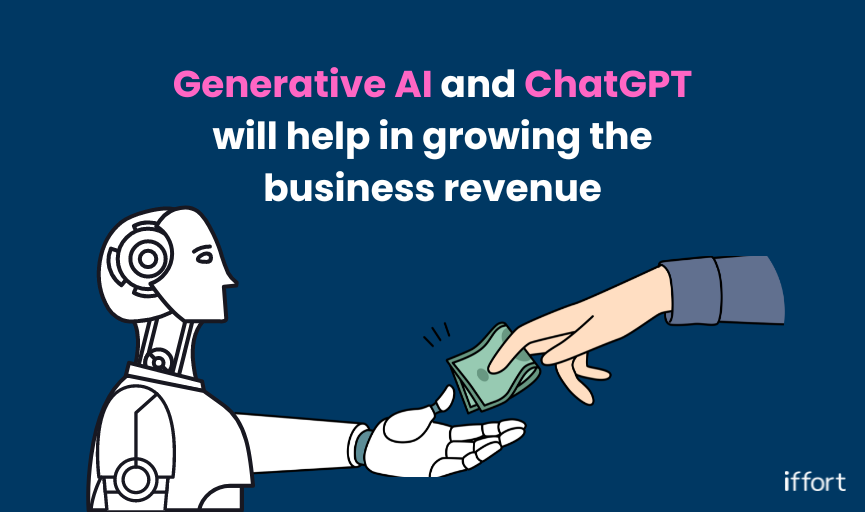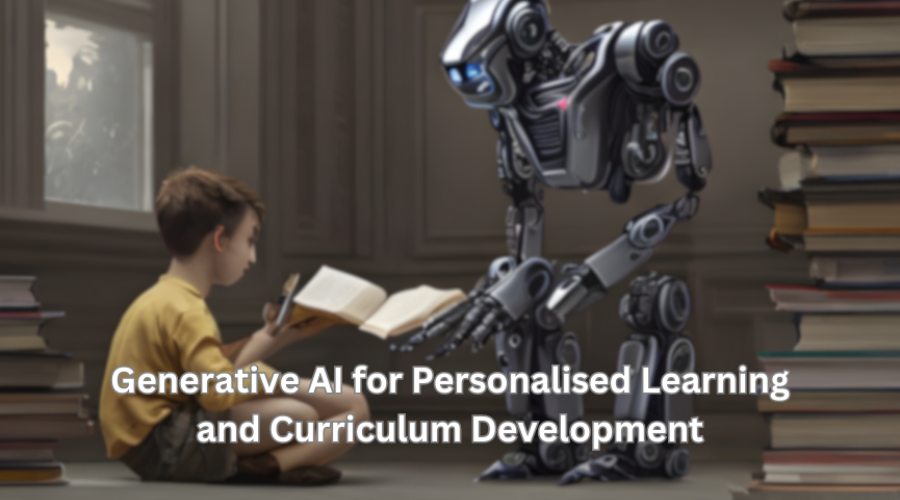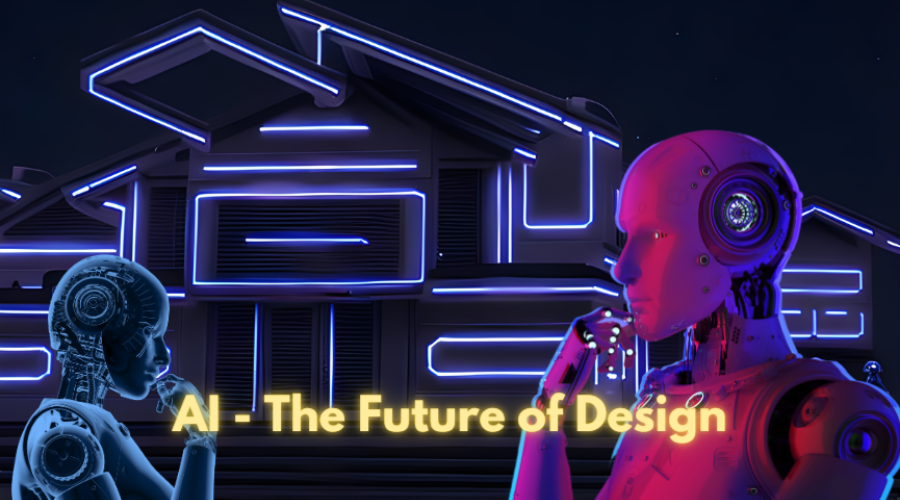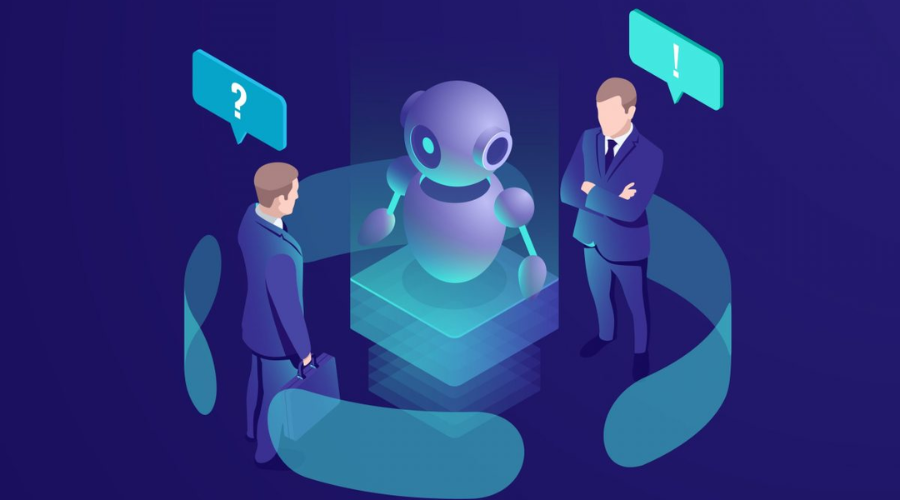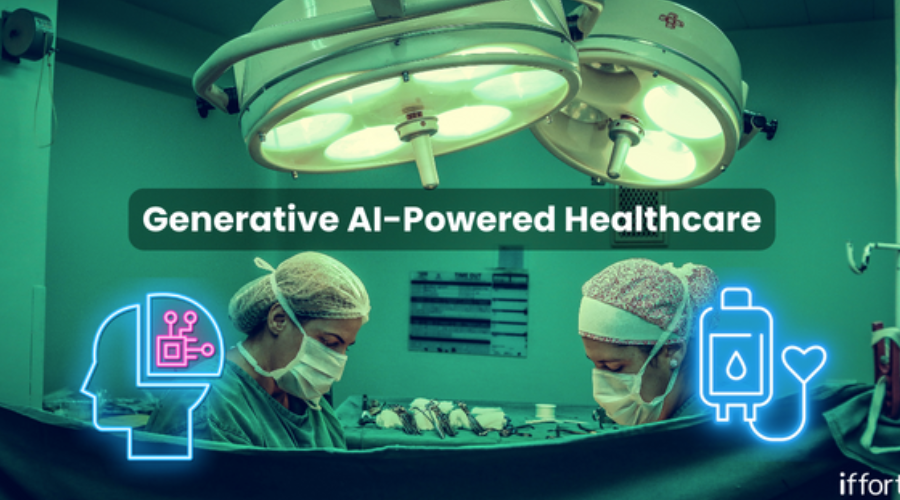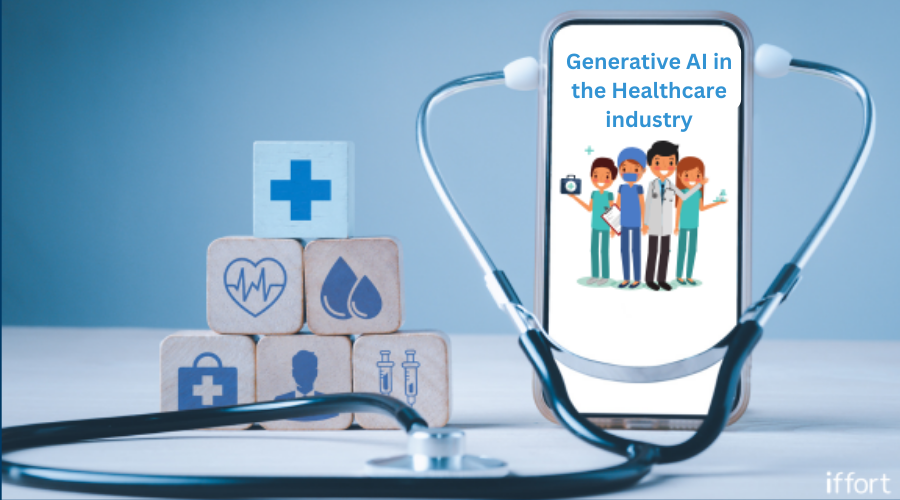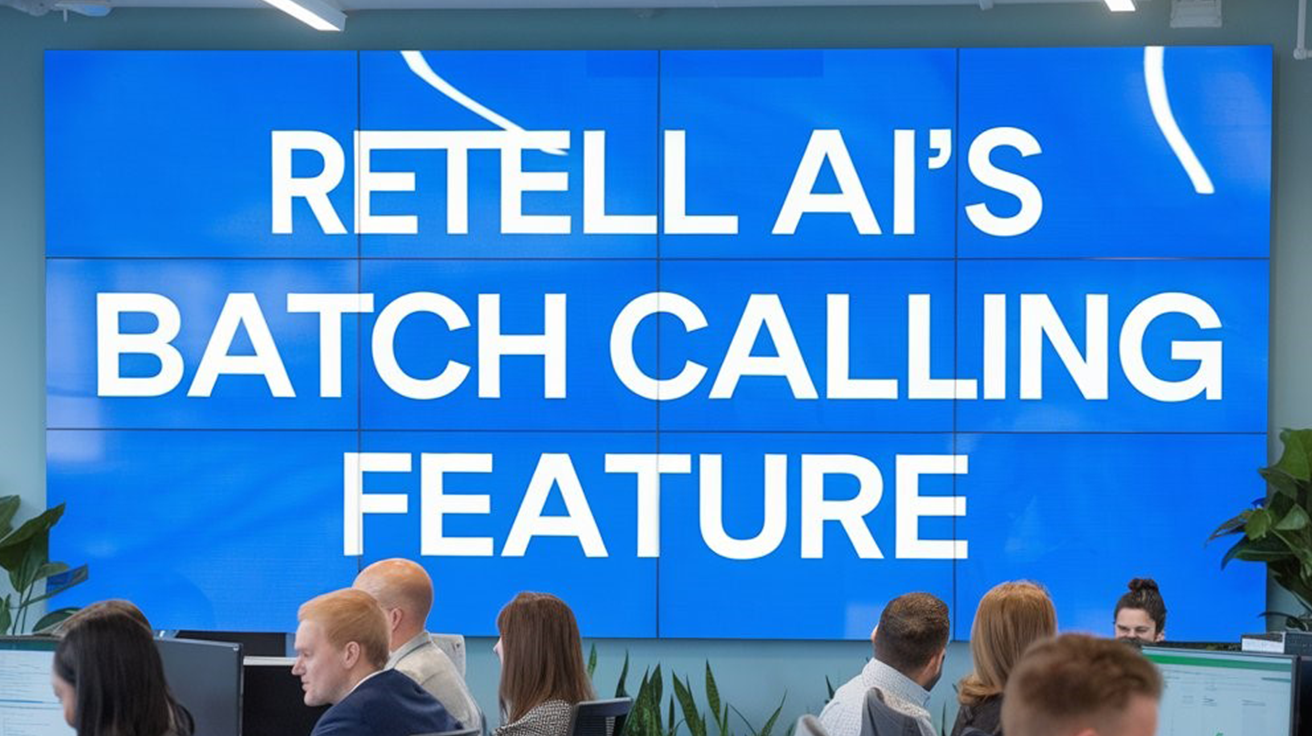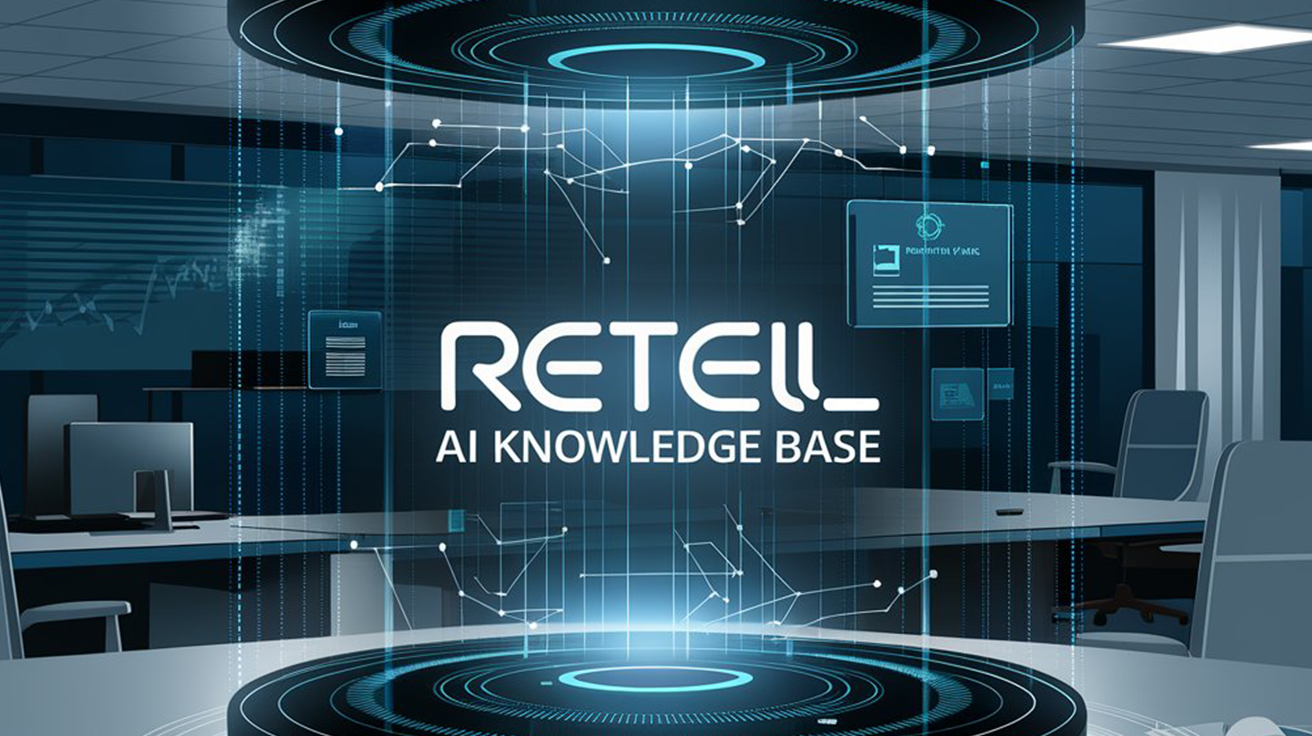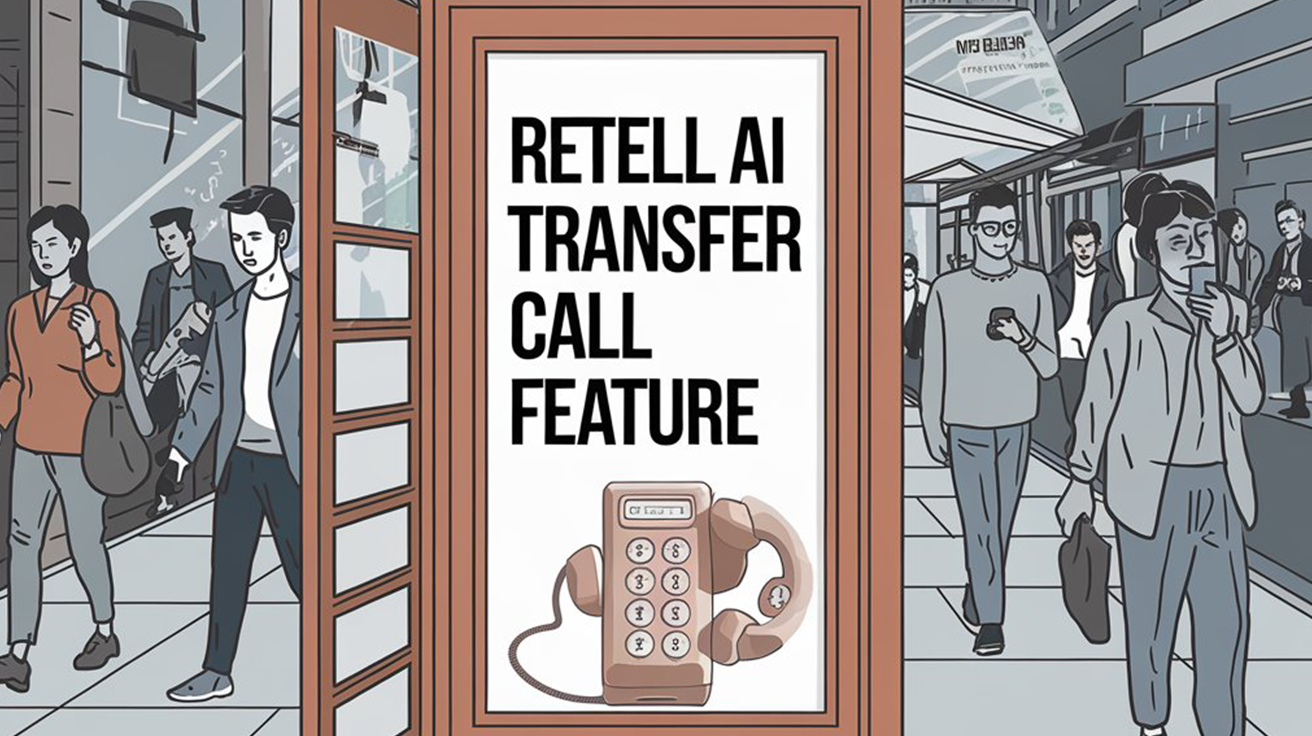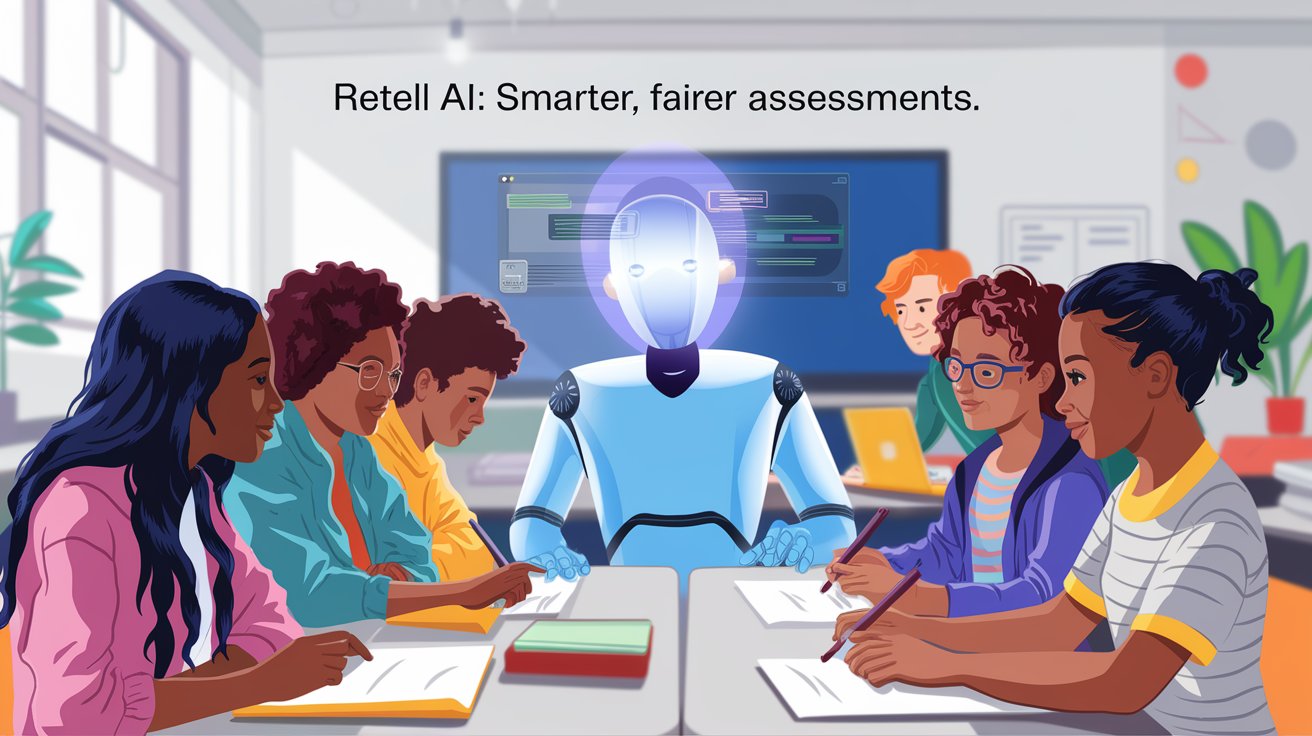What is RAG
RAG, or Retrieval-Augmented Generation, is a powerful artificial intelligence (AI) technique that is transforming the way we approach complex problem-solving. This innovative approach combines the strengths of reinforcement learning and generative models, allowing AI systems to tackle a wide range of challenges with unprecedented efficiency and accuracy.
At its core, RAG leverages the ability of reinforcement learning to optimize decision-making processes, while seamlessly integrating generative models to create novel solutions. This synergistic approach enables AI systems to explore a vast solution space, learn from their experiences, and generate tailored outputs that address the specific needs of the problem at hand.
One of the key advantages of RAG is its adaptability. Whether you’re tackling a complex optimization problem, generating personalized content, or designing innovative products, this AI technique can be applied across a diverse range of industries and use cases. By harnessing the power of reinforcement learning and generative models, RAG-powered AI systems can navigate complex environments, make informed decisions, and deliver highly optimized and creative solutions.
As the world continues to grapple with increasingly complex challenges, the emergence of RAG-based AI technologies offers a promising path forward. By empowering organizations and individuals to leverage the full potential of artificial intelligence, RAG is poised to redefine the boundaries of what’s possible and drive transformative change in the years to come.
RAG: A Game Changer for AI Adoption
As we stand on the brink of a technological revolution, the Retrieval Augmented Generation (RAG) framework is emerging as a robust approach to enhancing generative AI services. By integrating retrieval mechanisms with generative models, RAG improves the quality of generated content, paving the way for a new era of AI adoption.
The RAG Revolution
A significant contribution in this domain is the research by C Jeong, which discusses the implementation of generative AI services using the Language Model (LLM) application architecture based on the RAG model and LangChain framework. This work emphasizes application cases and implementation methods, particularly highlighting the practicality of this approach.
Broadening the Spectrum
The spectrum of RAG applications extends beyond general AI service applications. As demonstrated by JD Brown and colleagues, AI tools like GPT-core agents, RAG-Fusion, and Hive-AI represent a suite of technologies capable of supporting autonomous operations and mind-reading capabilities. This indicates the broad potential of RAG frameworks in various AI communities, including global security and regulatory compliance.
RAG in the Pharmaceutical Sector
In the pharmaceutical sector, the QA-RAG model, which utilizes generative AI and the RAG method, shows promise for aligning regulatory guidelines with practical implementation. This model is tailored to streamline the regulatory compliance process, demonstrating RAG’s versatility beyond general AI service applications.
The Business Case for RAG
For CIOs, the adoption of RAG can lead to several clear outcomes:
- Improved Quality of AI Services: By integrating retrieval mechanisms with generative models, RAG can significantly enhance the quality of AI-generated content. Generative AI represents one of the fastest adoption rates ever of a technology by enterprises, with almost 80% of companies reporting that they get significant value from generative AI.
- Versatility: The broad potential of RAG frameworks means they can be applied in various AI communities, from global security to regulatory compliance.
- Streamlined Compliance: In sectors like pharmaceuticals, RAG models can help align regulatory guidelines with practical implementation, streamlining the compliance process. The CISCO 2024 Data Privacy Benchmark Study shows that 48% of organizations are already entering non-public company information into generative AI apps, while 69% are concerned that generative AI could hurt the company’s legal rights and intellectual property. This highlights the importance of data privacy in the adoption of RAG, as it can help address these concerns by providing more accurate and relevant responses based on enterprise-specific data.
Components of RAG
Artificial intelligence (AI) is transforming the way we approach various aspects of our lives, and the world of copywriting is no exception. As AI-powered writing assistants continue to evolve, it’s essential to understand the key components that make up these powerful tools. The RAG model works by first retrieving relevant information from a knowledge base, such as a corpus of articles or web pages. It then uses this retrieved information to guide the generation of the final output, ensuring that the generated text is grounded in factual knowledge and aligned with the user’s intent. By leveraging the power of RAG, AI writing assistants can produce high-quality content that is not only informative but also engaging and persuasive. This technology empowers copywriters to work more efficiently, freeing up their time and mental energy to focus on the creative and strategic aspects of their craft.
RAG has the following components:
Retrieval Component: The retrieval component of RAG is responsible for sourcing relevant information from external knowledge bases. This could involve retrieving passages, documents, or even entire articles that contain pertinent information related to the input query or prompt.
Generation Component: Once the relevant information is retrieved, the generation component of RAG synthesizes this information to generate a coherent and contextually appropriate response. This response could take the form of answering a question, generating text, or even completing a task based on the input query.
Also Read: The Future of Design: Exploring Generative AI Applications in Architecture and Urban Planning
How RAG Makes LLMs better and equal
Leveling the Playing Field
Before RAG, Language Models (LMs) sometimes struggled with fairness. They tended to favor certain types of information, which could leave out voices from diverse backgrounds. But with RAG, LMs can tap into a wide range of knowledge sources, helping them understand and represent a broader spectrum of perspectives. This means more inclusive and equitable outcomes for everyone.
Getting Smarter Together
Think of RAG as a buddy system for LMs. It teams up with them to find the best information from all over the place, like books, articles, and websites. By working together, LMs with RAG can answer questions more accurately and provide better suggestions. It’s like having a friend who always knows the right thing to say because they’ve got access to all the knowledge in the world.
Helping Out with Tough Questions
Sometimes, LMs get stumped by tricky questions. But with RAG, they’ve got backup. RAG can quickly search through piles of information to find the answers LMs need. This makes LMs more reliable and trustworthy, like having a smart assistant who’s got your back no matter what.
Making Things Simpler
RAG doesn’t just make LMs smarter—it also helps them communicate more clearly. By finding the most relevant information and putting it into plain language, RAG helps LMs avoid confusion and jargon. This means everyone can understand what LMs are saying, whether you’re a rocket scientist or just someone who loves a good story.
How to implement
Implementing Retrieval-Augmented Generation (RAG) doesn’t have to be complicated. Here’s a straightforward guide to get started:
- Choose Your Language Model (LM): Select the LM you want to enhance with RAG. Popular choices include GPT-3, BERT, or any other LM that supports generation tasks.
- Set Up Your Retrieval Mechanism: Decide how you’ll retrieve information for your LM. This could involve using existing search engines, databases, or specialized knowledge bases. Ensure your retrieval mechanism can quickly and efficiently fetch relevant information based on input queries.
- Integration with LM: Integrate the retrieval mechanism with your chosen LM. This typically involves modifying the LM’s architecture to incorporate the retrieved information during the generation process. You may need to adapt existing LM frameworks or develop custom solutions based on your requirements.
- Fine-Tuning: Fine-tune your LM with the retrieval-augmented approach. Train your LM on a diverse range of tasks and datasets to improve its ability to leverage retrieved information effectively.
- Evaluation and Iteration: Evaluate the performance of your RAG-enhanced LM across various tasks, such as question answering, summarization, or dialogue generation. Collect feedback and iterate on your implementation to address any shortcomings and improve overall performance.
- Deployment: Once you’re satisfied with the performance of your RAG-enhanced LM, deploy it in your desired application or platform. Ensure proper monitoring and maintenance to keep your system running smoothly.
Additional Read: The Business Landscape of Generative AI: 5 Real-Use Cases
Conclusion
In conclusion, implementing Retrieval-Augmented Generation (RAG) offers a straightforward approach to enhancing Language Models (LMs) with the power of retrieval mechanisms. By following the outlined steps, organizations can seamlessly integrate RAG into their existing AI infrastructure, unlocking new levels of efficiency, accuracy, and inclusivity in natural language processing tasks. As RAG continues to evolve and become more accessible, its potential to revolutionize the field of AI is undeniable. With its ability to level the playing field, improve decision-making, and enhance communication, RAG stands as a testament to the transformative impact of responsible AI innovation.
Want to collaborate and explore business opportunities?
